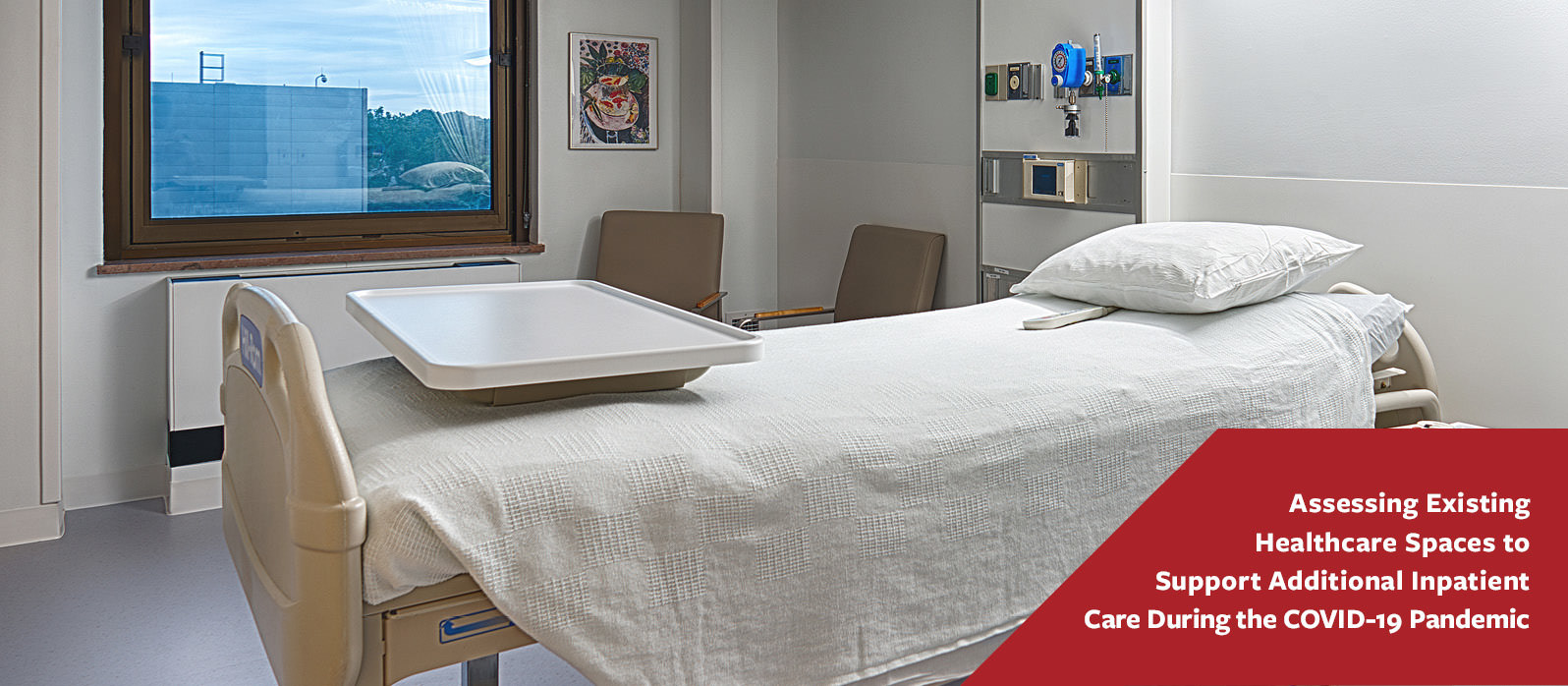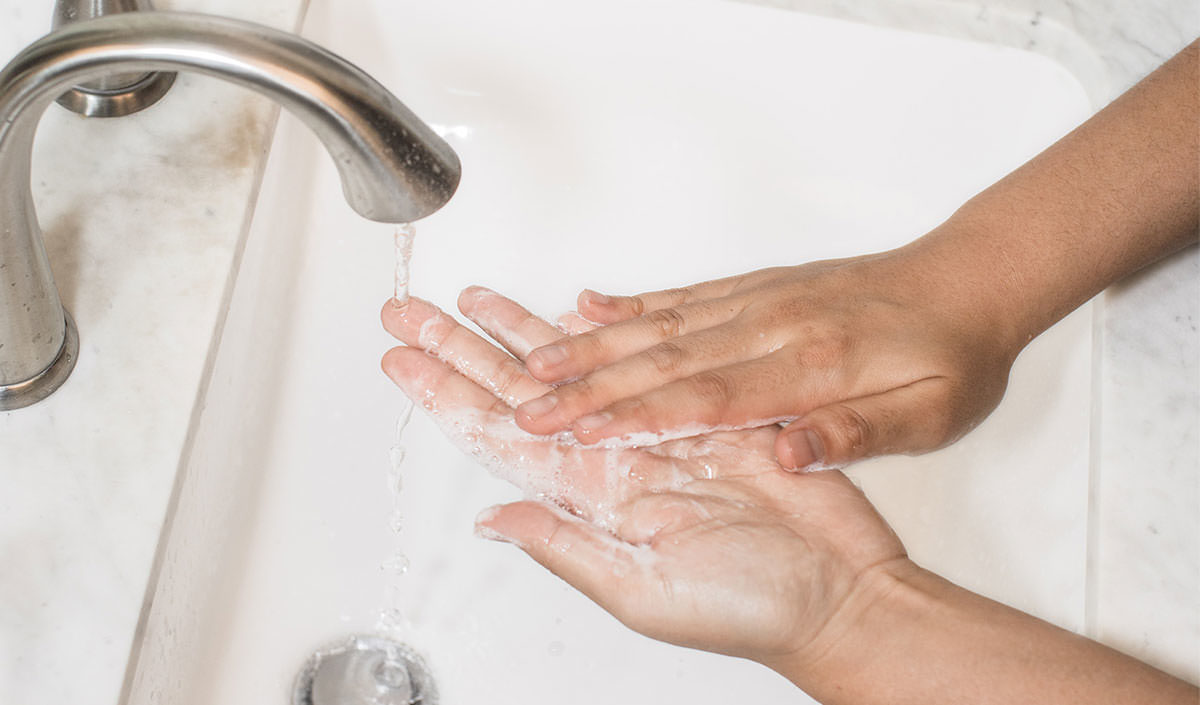Can We Use This Space for Patient Beds?
By Karpinski Engineering | Mar 16, 2020

With the rapid spread of coronavirus disease 2019 (COVID-19), hospitals and health systems are facing a potentially massive influx of patients, especially among those requiring hospitalization.
Given what we’ve seen thus far globally, healthcare organizations are evaluating whether they have enough patient beds to care for those needing hospitalization. As healthcare engineers, we’ve started to get questions from healthcare facilities staff regarding what they’d need to do to activate unused areas of their hospital, or areas currently being used for other purposes.
As the COVID-19 situation continues to develop here in the U.S., we want to highlight some important resources and provide initial considerations for repurposing spaces to accommodate patient beds.
Health & Medical Resources
First, we’re engineers who design healthcare spaces, but we are not medical professionals. For medical questions related to COVID-19, see the CDC and World Health Organization (WHO):
ASHRAE Resources
Second, ASHRAE has assembled technical resources relevant to COVID-19, particularly as it relates to healthcare facility design and air quality, ventilation, and infectious diseases.
They have a specific published document on infectious diseases: ASHRAE Position Document on Airborne Infectious Diseases. It discusses the transmission of infectious diseases and the implications for HVAC system design, installation, and operation.
Space Assessment: Is This Area Suitable for Inpatient Care?
Third, when you’re assessing whether a space can be upgraded or converted for inpatient care, here are top-level facility items to consider.
Medical Gas
An assessment should review what the space has in terms of medical gas.
- If the space was previously used for inpatient care, are the med gas system and outlets still in service? Are the required quantities of outlets in place? If the system is out of service but the outlets are in place, what would it take to get the necessary medical gas certification so that the system can be used for patient care? If they are not in place, what would it take to install and certify new ones?
- A healthcare organization can also consider whether a point-of-use, localized oxygen system and portable vacuum canister machines would make more sense given their circumstances.
HVAC
Inpatient units require a specified number of air changes and level of filtration. Plus, we know that viruses don’t spread well under certain humidity conditions (see ASHRAE’s “Humidity Control Events in Perioperative Care Areas” and PLOS ONE’s “High Humidity Leads to Loss of Infectious Influenza Virus from Simulated Coughs,” on the NIH website).
You’ll want to assess the HVAC systems serving the area to see if they are sufficient for inpatient care and/or isolation rooms. ASHRAE 170 provides the standard of care for HVAC systems.
- Is the right filtration in place, or can it be readily updated? Depending on the system, it may be as simple as switching out filters, if the system can handle the additional pressure drop.
- Can the air handler support the number of air changes needed? Bring in sufficient outdoor air? Provide appropriate humidification?
- If the goal is to create isolation rooms, are the proper exhaust systems in place?
If needed, a healthcare organization could explore the possibility of bringing in a temporary air handling unit and/or exhaust fan(s) to keep the area under negative pressure.
Power
In terms of the electrical systems, an assessment should review whether each patient care space has appropriate quantities of receptacles and whether emergency power is available.
Final Thoughts
In a pandemic such as COVID-19, the industry simply can’t move quickly enough to build new hospitals. The question becomes, how can health systems work with what they have to quickly and effectively get new beds online?
Repurposing existing spaces for inpatient beds isn’t an overnight transformation, but depending on your situation, you can address MEP system needs fairly quickly to start treating patients.
If you are a healthcare facility assessing spaces that have been unoccupied or repurposed, we can help. Our experts can validate air change rates, filtration, humidification, and outdoor air quantities. Contact us.
And, as always – remember to wash your hands!
